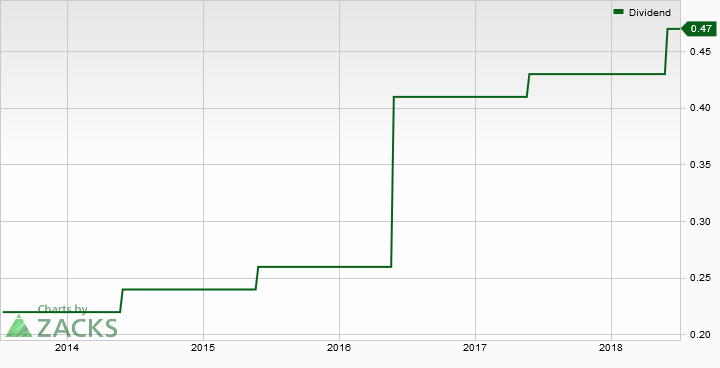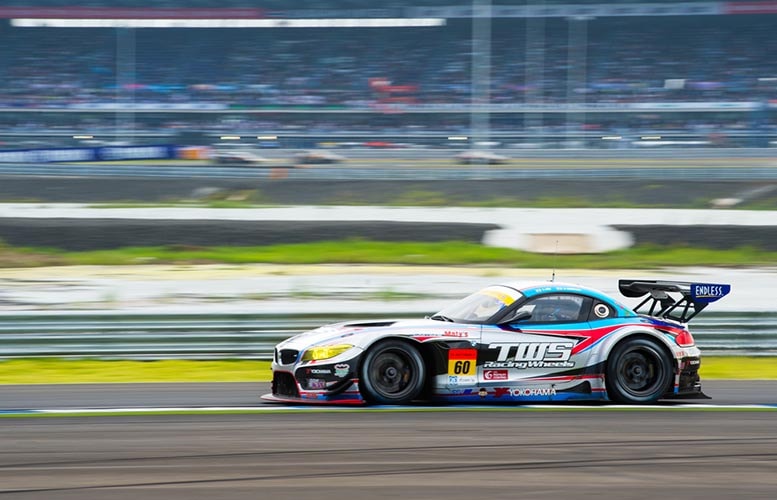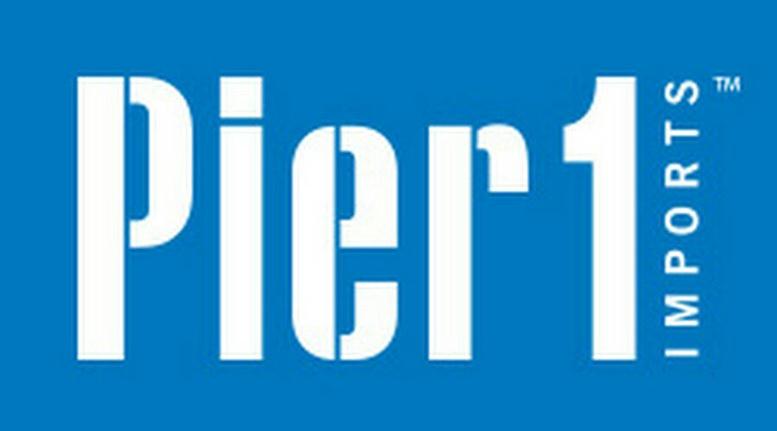International Speedway (NASDAQ:ISCA) cash returns to investors in the form of share price appreciation, dividends, and share buybacks could increase in the days to come.
International Speedway is one of the companies offering increasing returns to investors over the last decade. It has recently announced its plan to increase its quarterly dividend by 11% for this year and to return cash to investors through share buybacks. On top of that, International Speedway share price appreciated more than 30% in the last twelve months.
Are International Speedway Investors Returns Safe?
Though past performance is never considered an indication for a prosperous future, International Speedway’s future fundamentals appear strong enough to enhance investor’s returns over the long-term.

The company is planning to return $280 million to investors in the form of dividends, as well as through a share repurchasing program from 2017 to 2021; the return of $280 million is comprised of $100 million in annual dividends and the rest as cash through share buybacks. The cash return program shows that International Speedway is likely to make a mid-single digit growth in its dividend in the following years.
>> Black Box Potential Bankruptcy: Stock Rebounds More Than 100%
International Speedway appears to be in a stable position to achieve its goals. The company has been generating a steady growth in its revenues, earnings, and cash flows. It generated a revenue of $320 million in the first six months of this year compared to the revenue of $313 million last year. Besides, it has reaffirmed its FY2018 revenue guidance to be in the range of $680M to $695M and its diluted EPS is anticipated to stand around $1.90 to $2.10.
Lower Valuations and Financial Growth Supports Share Price Gains

International Speedway shares are trading around $45 at present, up 32% in the last twelve months. Its valuations and steady growth in financial numbers offer robust support for further upside potential. International Speedway shares are trading around only 7.7 times to earnings compared to the industry average of 20 times. Its price-to-cash flow and price-to-book ratios are also hovering below the industry averages.
Featured Image: Depositphotos/© mooinblack








